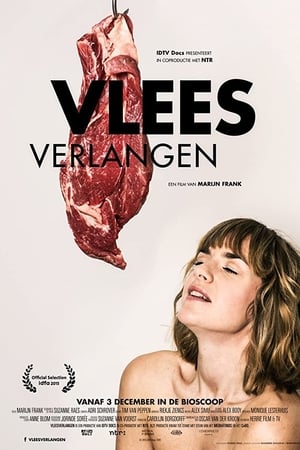Nicht alles schlucken

Nicht alles schlucken
HomePage
Overview
Release Date
2015-05-09
Average
9
Rating:
4.5 startsTagline
Genres
Languages:
DeutschKeywords
Similar Movies
The Pharmacy: Shanghai(fr)
Joris Ivens and wife Marceline Loridan took their cameras into Pharmacy No. 3 in Shanghai, which in addition to dispensing drugs manages an outreach program of medical services, an extension of the pharmacy’s in-house medical care center.
 4.8
4.8Methadonia(en)
Shot over the course of 18 months in New York City's Lower East Side, METHADONIA sheds light on the inherent flaws of legal methadone treatments for heroin addiction by profiling eight addicts, in various stages of recovery and relapse, who attend the New York Center for Addiction Treatment Services (NYCATS).
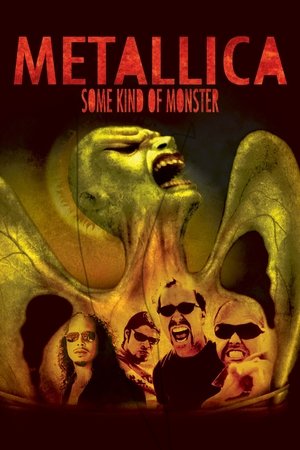 7.0
7.0Metallica: Some Kind of Monster(en)
After bassist Jason Newsted quits the band in 2001, heavy metal superstars Metallica realize that they need an intervention. In this revealing documentary, filmmakers follow the three rock stars as they hire a group therapist and grapple with 20 years of repressed anger and aggression. Between searching for a replacement bass player, creating a new album and confronting their personal demons, the band learns to open up in ways they never thought possible.
Jung On Film(en)
This compelling film represents a rare record of an original genius. In Jung on Film, the pioneering psychologist tells us about his collaboration with Sigmund Freud, about the insights he gained from listening to his patients' dreams, and about the fascinating turns his own life has taken. Dr. Richard I. Evans, a Presidential Medal of Freedom nominee, interviews Jung, giving us a unique understanding of Jung's many complex theories, while depicting Jung as a sensitive and highly personable human being.
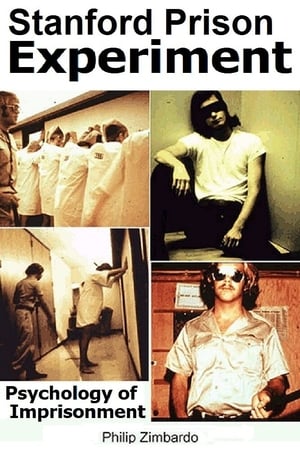 6.2
6.2Stanford Prison Experiment: Psychology of Imprisonment(en)
The Stanford prison experiment was a landmark psychological study of the human response to captivity, in particular, to the real world circumstances of prison life, and the effects of imposed social roles on behaviour. It was conducted in 1971 by a team of researchers led by Philip Zimbardo of Stanford University.
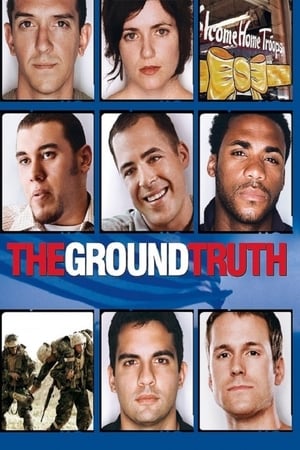 6.5
6.5The Ground Truth(en)
Sometimes the greatest act of courage is to tell the truth. Hear and witness our soldiers in this penetrating film. The shocking Iraq War ground conflict is only a prelude to the even more challenging battles these reluctant heroes face upon their return home.
 0.0
0.0First Do No Pharm(en)
We have had too much medicine for too many years. The time to act is now. How one doctor's fight against corporate greed led to an ancient, life-changing solution for heart disease.
 7.0
7.0LSD: Problem Child and Wonder Drug(en)
LSD: Problem Child and Wonder Drug captures the fascinating story of LSD as it is eloquently told by Dr. Albert Hofmann, the 100-year-old sage-scientist who brought LSD into the world. With interviews and presentations by Rick Doblin, Alex Grey, Ralph Metzner, Carl Ruck, Goa Gil, and others, this historic message from the father of LSD is a timeless relic and an immediate source of inspiration. The story is told through an account of the 2006 International LSD Symposium in Basel, Switzerland. At the now-legendary conference, eighty speakers and two thousand participants gathered for three days in honor of Dr. Hofmann's 100th birthday and to hear Dr. Hofmann speak about his life, his discovery, and his thoughts on the psychedelic experience. It was also an occasion for leading doctors, researchers, artists and thinkers in the psychedelic field to present their work.
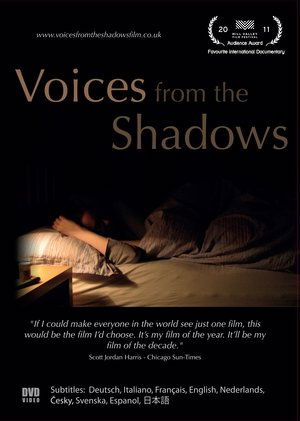 0.0
0.0Voices from the Shadows(en)
‘Voices from the Shadows’ shows the brave and sometimes heartrending stories of five ME patients and their carers, along with input from Dr Nigel Speight, Prof Leonard Jason and Prof Malcolm Hooper. These were filmed and edited between 2009 and 2011, by the brother and mother of an ME patient in the UK. It shows the devastating consequences that occur when patients are disbelieved and the illness is misunderstood. Severe and lasting relapse occurs when patients are given inappropriate psychological or behavioural management: management that ignores the severe amplification of symptoms that can be caused by increased physical or mental activity or exposure to stimuli, and by further infections. A belief in behavioural and psychological causes, particularly when ME becomes very severe and chronic, following mismanagement, is still taught to medical students and healthcare professionals in the UK. As a consequence, situations similar to those shown in the film continue to occur.
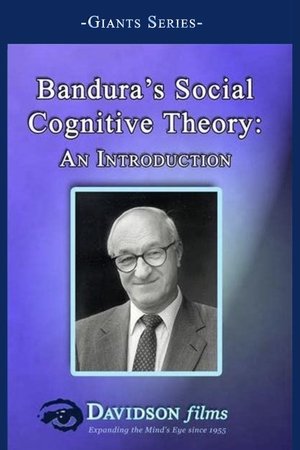 0.0
0.0Bandura’s Social Cognitive Theory: An Introduction(en)
Treading new ground in the field of social psychology, Albert Bandura’s work has become basic to an understanding of how social forces influence individuals, small groups and large groups. From his early BoBo doll experiments through his work with phobias, to his recent work on self-efficacy, Bandura has given us a sense of how people actively shape their own lives and those of others. Utilizing archival materials and newly shot visuals, students will be introduced to the vocabulary and innovative methods of this influential thinker. Dr. Bandura’s narration imbues this video with his compelling presentation style and intellectual authority.
 0.0
0.0Erik H. Erikson: A Life's Work(en)
Narrated by Erikson's colleague, Margaret Brenman-Gibson, Ph.D. and Ruthie Mickles, Ph.D. Using archival materials and newly shot footage, this film introduces students to the rich wisdom of Erik H. Erikson. Best known for his identification of the eight stages of the life cycle, Erikson spent a lifetime observing and studying the way in which the interplay of genetics, cultural influences and unique experiences produces individual human lives. This film combines biographical information about Erikson with his theoretical proposals to give students an understanding of the relationship between the life experience of a theorist and the work that is produced.
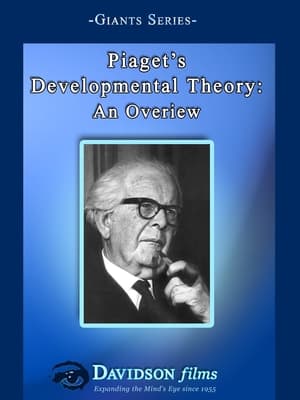 0.0
0.0Piaget’s Developmental Theory: an Overview(en)
The work of Jean Piaget has become the foundation of current developmental psychology and the basis for changes in educational practice. David Elkind, author of The Hurried Child and Miseducation, and a student of Jean Piaget, explores the roots of Piaget’s work and outlines important vocabulary and concepts that structure much of the study of child development. Using both archival film of Dr. Piaget and newly shot sequences of Dr. Elkind conducting interviews with children of varying ages, this film presents an overview of Piaget’s developmental theory, its scope and content.
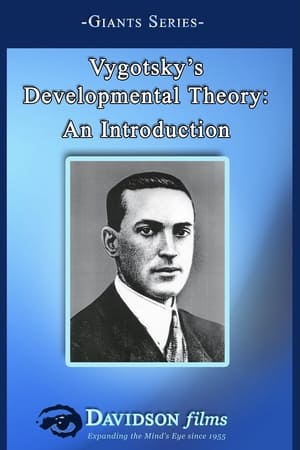 0.0
0.0Vygotsky's Developmental Theory: An Introduction(en)
The work of Lev Vygotsky is increasingly cited as we reconsider the theory and practice of constructivist education. This program introduces the life, vocabulary and concepts of Lev Vygotsky. The video illustrates four basic concepts integral to his work: Children construct knowledge, learning can lead development, development cannot be separated from its social context, and language plays a central role in cognitive development. Elena Bodrova brings an easy familiarity to these concepts. Deborah Leong’s commentary and the lively classroom examples enable students, teachers in training, and classroom teachers to incorporate these concepts into their understanding of child development.
 0.0
0.0B. F. Skinner: A Fresh Appraisal(en)
Other than Freud, no psychologist has been so discussed, critiqued and, at times, maligned as B.F. Skinner. Using both archival and new film, this video takes a new look at who the man was, and what he really said in his twenty books. Like other thinkers who broke new ground, Skinner had to invent his own vocabulary to describe the phenomena he was studying. In this film, his terms are introduced in context so the student understands how they were intended to be used and the research that produced them. The film lays to rest some myths and credits Skinner with contributions not often attributed to him. Understanding the complex man behind his work enables students to better evaluate the importance and relevance of the work he inspired. Murray Sidman, Ph.D., colleague and thoughtful practitioner of behavioral analysis, narrates.
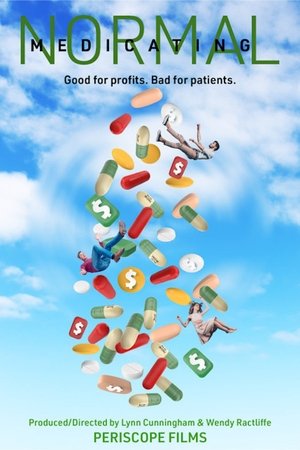 9.0
9.0Medicating Normal(en)
One in five Americans is taking a psychiatric drug, including millions of children. Pharmaceutical companies have over-hyped the benefits of these drugs, while hiding the risks and severe side effects including physiological dependence. "Medicating Normal" explores what happens when for- profit medicine intersects with human beings in distress.
 0.0
0.0Big Shot: The Ozempic Revolution(en)
An in-depth look at how a diabetes drug reinvented weight loss culture and the way we treat obesity in America.
 0.0
0.0Devil's Advocate?(en)
Dateline's coverage of the lawsuit by Patty Burgus and family against Bennett Braun, director of the Dissociative Disorder's Unit at Rush Presbyterian St. Lukes in Chicago. Oct 1998. This is the story of the foundational works which constitute the current theory of Dissociative Identity Disorder/ Multiple Personality Disorder. This was the first Dissociative Disorder's Unit in the United States. All subsequent units specializing in Multiple Personality Disorder/ Dissociative Identity Disorders have been modeled after it. After having his license suspended in Illinois, Dr. Braun has resumed practice in Butte, Montana. Despite the malpractice payments paid by insurance on his behalf as well, Dr. Kluft remains in practice and continues to give training lectures on the treatment of MPD/DID to large audiences of mental health practitioners.
Prescription for Disaster(en)
Prescription for Disaster is an in-depth investigation into the symbiotic relationships between the pharmaceutical industry, the FDA, lobbyists, lawmakers, medical schools, and researchers, and the impact this has on consumers and their health care. During this thorough investigation, we take a close look at patented drugs, why they are so readily prescribed by doctors, the role insurance companies and HMO's play in promoting compliance, and the problem of rising health care costs. We will examine the marketing and public relations efforts on behalf of the pharmaceutical companies, including sales reps, medical journals and conferences.
The Man Who Drank the Universe(en)
It is late 2004, and 34-year-old Englishman Alistair Appleton is about to fly from London to the Brazilian coast, where he will drink ayahuasca for the first time. With wit, insight, and sensitivity, Alistair shares this experience with us, and chats with some fellow participants before and after the ayahuasca ceremonies. For the past few years, Alistair had been working as a television presenter. In 2000, he started making trips to the Centre for World Peace and Health in Scotland to learn how to meditate. When clinical psychologist Silvia Polivoy opened an ayahuasca healing center in Bahia in 2004, Alistair faced his fears and seized the opportunity to attend.
Recommendations Movies
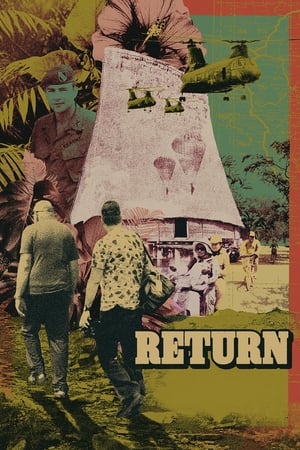 6.8
6.8Return(en)
RETURN tells the story of a retired Green Beret who embarks on a healing journey from Montana to Vietnam. There he retraces his steps, shares his wartime experiences with his son, treats his Post-Traumatic Stress Disorder, and seeks out the mountain tribespeople he once lived with and fought alongside as a Special Forces officer.
 6.5
6.5Return(tt)
"Behind every strong man is a strong woman!", Mumine shouts as her husband is arrested. She has 4 children, she's in her mid-30s, and she's the wife of a Crimean Tatar political prisoner. Muslim Crimean Tatars have been oppressed for a long time. They were deported under Stalin, allowed to return under Gorbachev, and since the occupation of Crimea in 2014 under Putin, they are being persecuted again. "Return" is a portrait of Mumine and Maye, two strong women struggling with the consequences of oppression. Their traditional understanding of their role as women does not stand in the way of their dedication. They possess strength, beauty and dignity. Only in their most intimate moments, they are overwhelmed by desperate helplessness.
 6.7
6.7Angelique: The Road To Versailles(fr)
Angelique is saved by the king of the cutthroats when she is endangered in the streets of Paris. After her hero is killed, she has many amorous affairs and becomes a successful businesswoman.
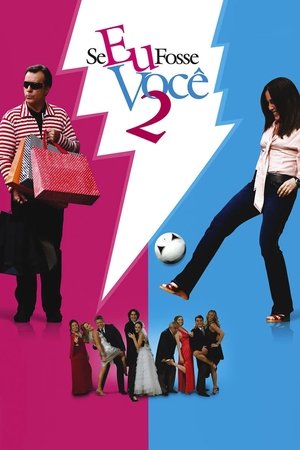 6.1
6.1If I Were You 2(pt)
Claudio and Helena are on the verge of breaking up, until the couple experiences another strange phenomenon that looks to help them understand one another more.
 6.5
6.5Untamable Angelique(fr)
Angelique goes in search of her husband Joffrey de Peyrac who did not die on the stake.
 6.4
6.4Kirikou and the Wild Beasts(fr)
The film is a sub-story to Kirikou and the Sorceress rather than a straight sequel. The movie is set while Kirikou is still a child and Karaba is still a sorceress. Like Princes et princesses and Les Contes de la nuit, it is an anthology film comprising several episodic stories, each of them describing Kirikou's interactions with a different animals. It is however unique among Michel Ocelot's films, not only in that it is co-directed by Bénédicte Galup (who has previously worked with him as an animator) but also for each of the stories being written by a different person (in all other cases, Ocelot has been the sole writer and director of his films).
 6.1
6.1L.E.T.H.A.L. Ladies: Return to Savage Beach(en)
A stolen computer disk contains the location of a hidden tresaure trove. It's up to the sexy ladies of LETHAL (Legion to Ensure Total Harmony and Law) to find the treasure before the bad guys do.
 6.2
6.2Fight!! Spirit of the Sword(ja)
Yonosuke Hikura appears to be an ordinary high school student. Yet he has inherited the important role of protecting the harmony between Heaven and Earth. With the help of the magical sword Chitentai, and Tsukinojo Inbe, he courageously battles the demons, sending them back to the Earth World, from which they have escaped.
 4.9
4.9Happily N'Ever After 2(en)
Fairy tales collide when Mambo and Munk tip the scales of good and evil once again.
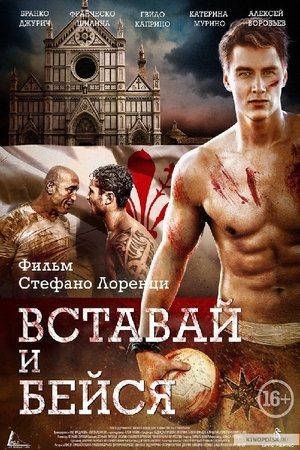 7.4
7.4Florence Fight Club(ru)
Intertwined stories from the gladiator/athletes participating to the Calcio Storico Fiorentino yearly championship.
 5.3
5.3Private House of the SS(it)
Top Nazi officials, intent on rooting out traitors and those in the military who may be plotting to overthrow Adolf Hitler, recruit and train a group of beautiful prostitutes whose mission is to use any means necessary to uncover plots against the Fuhrer.
 7.5
7.5Destiny(tr)
Bekir loves Uğur, who loves Zagor, who is about to get out of jail. An already tense love triangle is thrown into turmoil on a hot summer night, when Zagor kills someone, and Uğur disappears.
Return(hy)
Eyüp decides to cross mount Ararat looking for his aunt in Yerevan after following a madman's words. His aunt has also been expecting someone to come from behind this mount for many years. Eyüp cannot be sure about the woman he finds behind the blue door, whether it is his aunt or not because they can't understand each other.
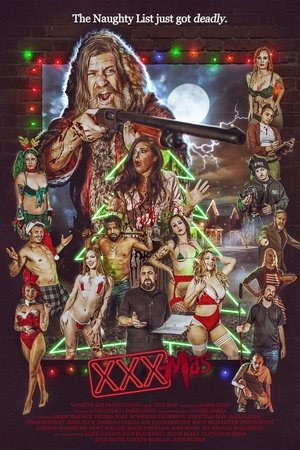 3.5
3.5XXX-Mas(en)
A blood-thirsty Santa wreaks havoc on the set of an eccentric adult film director's latest production.
Return(en)
Static images of an old country house are combined with voices of the past to evocative effect. Haunting and nostalgic, 'Return' conveys the life that exists in old, abandoned places.
 7.3
7.3Cine Gibi 5: Luz, Câmera, Ação!(pt)
In the fifth installment of the Cine Gibi series, Smudge and Jimmy Five find themselves engaged in a lively debate over the ultimate action film. Seeking a resolution, they turn to their friend Franklin, known for his inventive prowess, to organize yet another round of projected comic book film sessions using his colossal blender.
